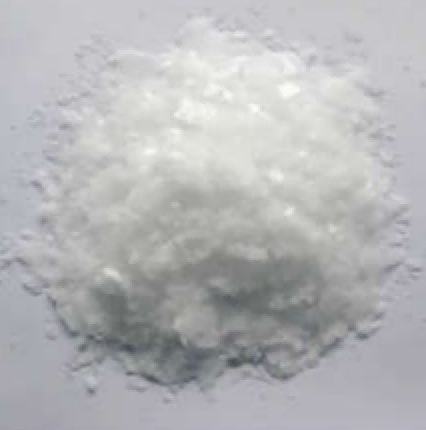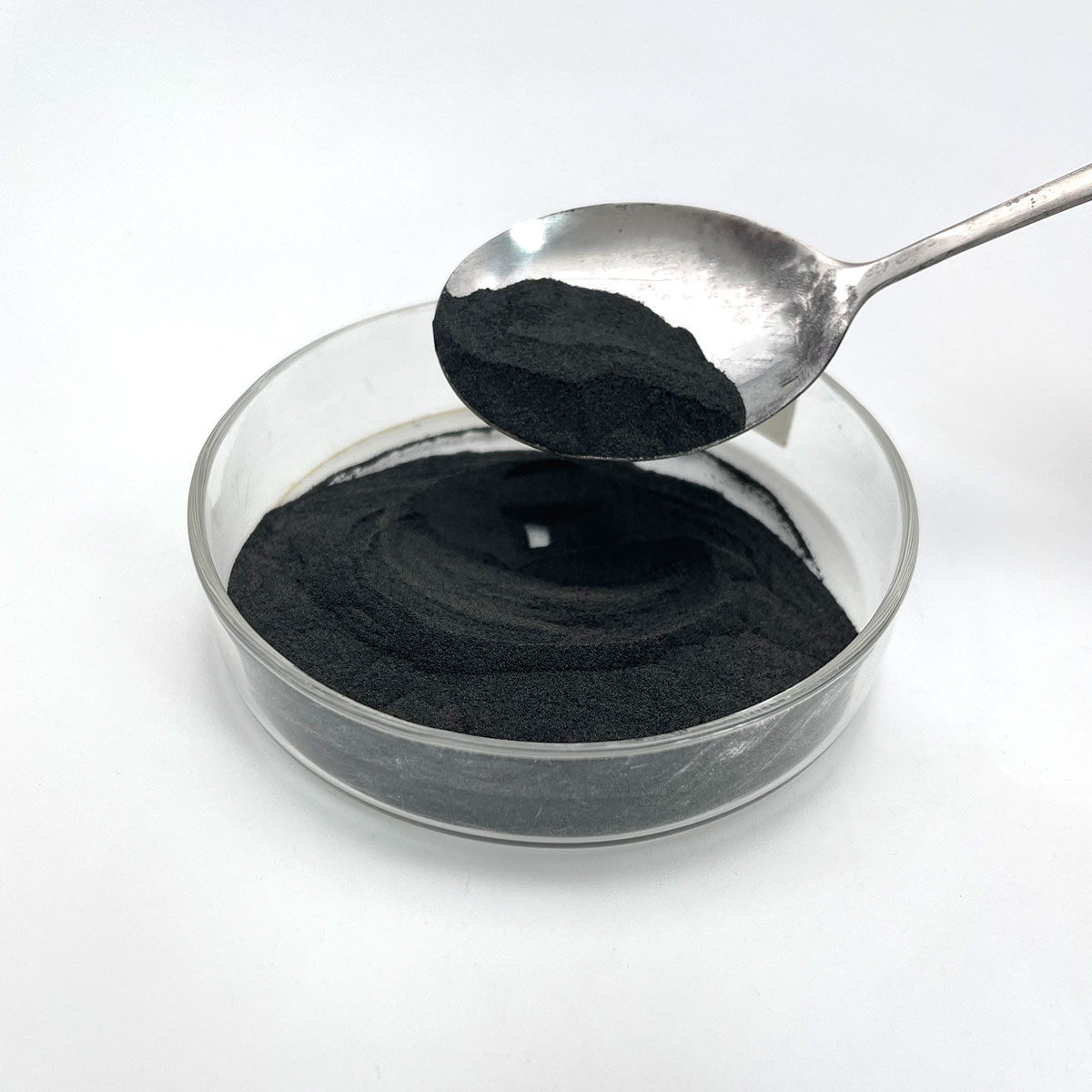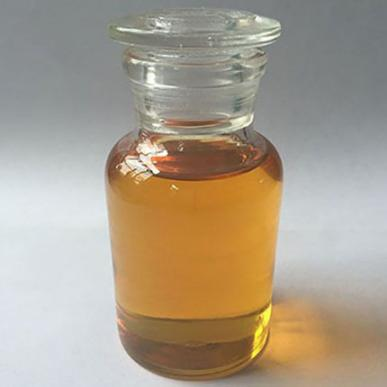1. Introduction
Just 24 hours ago, a major European cosmetics brand announced it would phase out sodium lauryl sulfate (SLS) from all shampoos by 2025, citing consumer demand for gentler, bio-based alternatives. This move reignites global debate over the safety and sustainability of common surfactants. But what exactly is SLS, and how does it compare to other surfactants flooding the market?

At its core, sodium lauryl sulfate—also known as sodium dodecyl sulfate, sls sodium lauryl sulfate, or natrium lauryl sulfate—is a powerful anionic surfactant widely used for its foaming and cleansing abilities. Yet its reputation is polarizing: praised for efficacy, criticized for irritation. To understand its place in today’s formulations, we need a deep dive into its chemistry, alternatives, and real-world performance.
2. What Is a Surfactant, Anyway?
Before comparing compounds, let’s clarify the meaning of surfactant. Short for ‘surface-active agent,’ a surfactant is a molecule with both hydrophilic (water-loving) and hydrophobic (oil-loving) parts. This dual nature lets it reduce surface tension, emulsify oils, and lift dirt—making it essential in everything from shampoos to herbicides.
Surfactants fall into four main classes: anionic (negatively charged), cationic (positively charged), non-ionic (no charge), and amphoteric (charge changes with pH). Sodium lauryl sulfate is a classic anionic surfactant, while cocamidopropyl betaine (also called coco betaine or amidopropyl betaine) is amphoteric, and polysorbate 80 is non-ionic.
3. Sodium Lauryl Sulfate vs. Its Close Relatives
Sodium lauryl sulfate (SLS) is often confused with sodium laureth sulfate (SLES), also labeled as sodium lauryl ether sulfate or sodium lauryl ether sulphate. Despite similar names, they differ chemically. SLS is derived from lauryl alcohol (dodecyl alcohol), while SLES is ethoxylated—meaning ethylene oxide is added, making it milder and less irritating.
Key differences:

- SLS (sodium dodecyl sulfate) is a stronger degreaser but more irritating to skin and eyes.
- SLES (laureth sulphate or sulfate laureth) produces richer foam and is gentler, though concerns exist about 1,4-dioxane contamination from ethoxylation.
- Both are anionic surfactants, but SLES is preferred in shampoos and body washes for its balance of performance and mildness.
Other anionic alternatives gaining traction include sodium cocoyl isethionate, sodium lauroyl sarcosinate (a sarcosinate-based surfactant), and sodium coco sulfate—often marketed as ‘coco sodium sulfate’ in natural products.
4. Gentler Alternatives: Bio-Based and Amphoteric Surfactants
As consumers seek sulfate-free options, formulators are turning to bio surfactants like alkyl polyglucoside, decyl glucoside, and coco glucoside. These non-ionic surfactants are derived from coconut or corn sugars, are highly biodegradable, and extremely mild—ideal for sensitive skin.
Amphoteric surfactants like cocamidopropyl betaine (sometimes listed as coco amido propyl betaine) are also rising in popularity. They foam well, boost mildness when blended with anionic surfactants, and work across a wide pH range. Unlike purely anionic or cationic surfactants, amphoteric types adapt their charge, reducing irritation potential.
For contrast, cationic surfactants like cetyl trimethyl ammonium bromide (CTAB) or cetyltrimethylammonium bromide are rarely used for cleansing—they’re antistatic and antimicrobial, common in conditioners but not cleansers.

5. Industrial and Agricultural Uses Beyond Personal Care
Sodium lauryl sulfate isn’t just in your shampoo—it’s also used as a surfactant for herbicides and a lawn wetting agent. In agriculture, it helps active ingredients in weed killer penetrate waxy plant cuticles. However, methylated seed oil and nonionic surfactants like ethoxylated alcohol or lignin sulfonate are often preferred for their rainfastness and crop safety.
In labs and industry, SLS appears in electrophoresis (as sodium dodecyl sulfate) and as a wetting agent. Yet newer fluoro surfactants or bio surfactants like sodium deoxycholate or sodium oleate offer niche advantages in specialized applications.
6. Safety, Misconceptions, and Market Trends
Despite viral claims, SLS is not carcinogenic—but it can cause skin irritation, especially at high concentrations or with prolonged exposure. Regulatory bodies like the FDA and EU SCCS deem it safe in rinse-off products at typical use levels (up to 1–15%).
The confusion around names—sls sulfate, na lauryl sulfate, ammonium lauryl sulfate (ALS), or even ammonium dodecyl sulfate—fuels misinformation. ALS is similar to SLS but uses ammonium instead of sodium; it’s slightly milder but still anionic.
Companies like Rohit Surfactants Private Limited now offer SLS sodium lauryl sulfate for sale alongside greener options like sodium cocoyl glutamate and sodium lauroyl methyl isethionate, reflecting shifting market demands.
7. Conclusion
Sodium lauryl sulfate remains a workhorse surfactant due to its effectiveness and low cost. However, the rise of milder, sustainable alternatives—from alkyl polyglucosides to amphoteric cocamidopropyl betaine—shows the industry is evolving. Whether you’re formulating a shampoo, a weed killer, or a lab reagent, understanding the nuances between anionic, non-ionic, cationic, and amphoteric surfactants is key to choosing the right one. As consumer awareness grows, expect SLS to share the spotlight—not disappear entirely.
Our Website founded on October 17, 2012, is a high-tech enterprise committed to the research and development, production, processing, sales and technical services of ceramic relative materials such as What. Our products includes but not limited to Boron Carbide Ceramic Products, Boron Nitride Ceramic Products, Silicon Carbide Ceramic Products, Silicon Nitride Ceramic Products, Zirconium Dioxide Ceramic Products, etc. If you are interested, please feel free to contact us.


